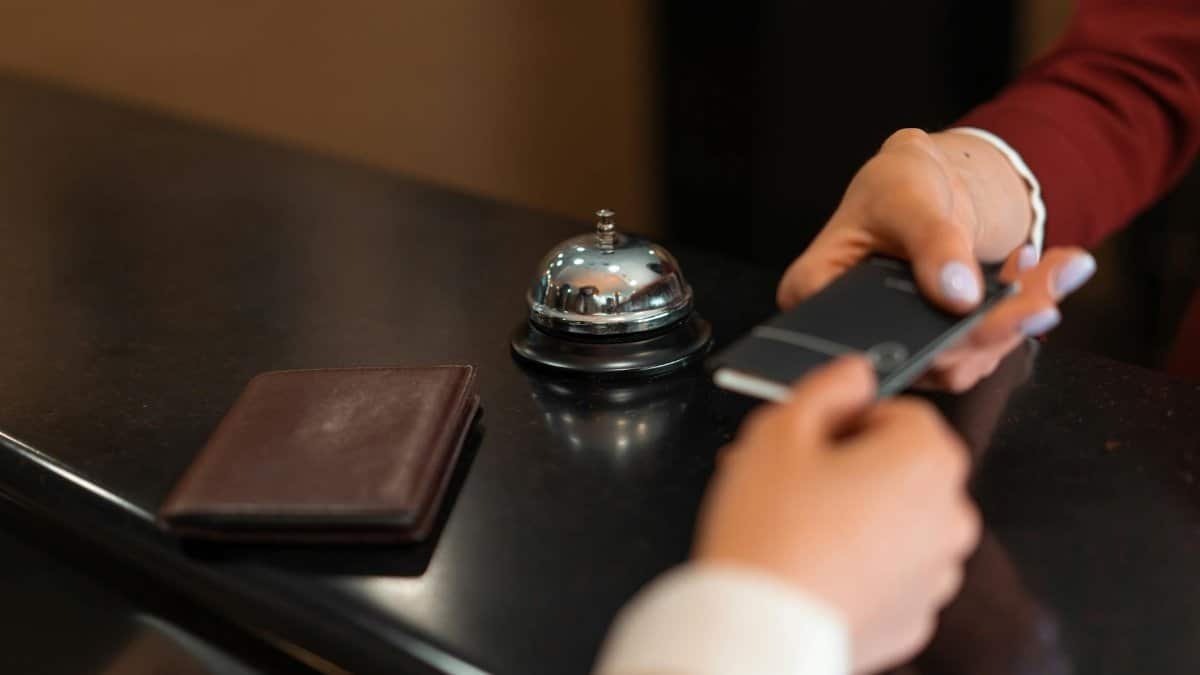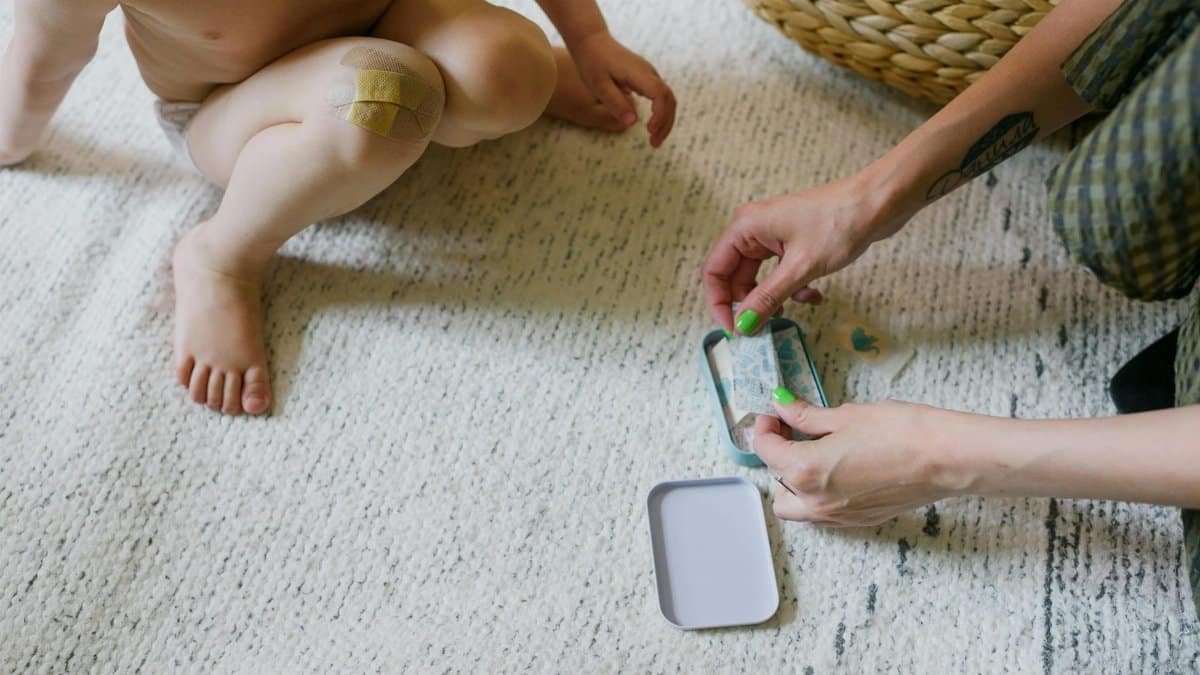Introduction

Is healing presence the overlooked key to genuine recovery in a world obsessed with quick fixes? Simply put, healing presence means showing up fully for yourself and others, fostering empathy without judgment. It’s gaining traction among therapists and wellness experts as a way to address deep-seated emotional wounds. In 2025, amid rising mental health awareness, this approach is reshaping how Americans tackle trauma, emphasizing acceptance over perfection. As one practitioner notes, it’s about being there for the messy parts.
What Exactly Is Healing Presence?

Healing presence boils down to intentional awareness in interactions, especially in therapeutic settings. It’s not about fixing problems instantly but creating a space where vulnerability feels safe. Coined in psychological circles, it draws from mindfulness practices and relational therapy. Experts say it helps build trust, crucial for those dealing with anxiety or past traumas. In everyday life, it translates to listening without interrupting or offering unsolicited advice.
Why It’s Gaining Popularity Now

With mental health crises on the rise, healing presence is stepping into the spotlight. Recent surveys show more people seeking therapy that prioritizes emotional connection over clinical detachment. A 2023 study from the American Psychological Association highlighted how presence-based approaches reduce patient dropout rates by 20%. This shift reflects broader U.S. trends toward holistic wellness, especially post-pandemic. Therapists report clients responding better when they feel truly seen.
The Science Behind It

Research backs the power of healing presence. Neuroimaging studies reveal that empathetic presence activates brain regions linked to emotional regulation. For instance, a report from Harvard Medical School’s Division of Psychiatry underscores how such presence lowers cortisol levels, easing stress. It’s not woo-woo; it’s grounded in biology. Practitioners use it to help with everything from depression to relationship conflicts, making therapy more effective.
Real-Life Applications in Daily Routines

Applying healing presence doesn’t require a couch session. Start small: during conversations, focus fully on the speaker without distractions. In self-care, it means acknowledging your emotions without self-criticism. One New York-based counselor shared how clients use journaling to cultivate this presence, leading to breakthroughs in personal growth. It’s practical for busy professionals juggling work and family demands.
Challenges and How to Overcome Them

Not everyone nails healing presence right away. Common hurdles include distractions from technology or ingrained habits of judgment. To counter this, experts recommend mindfulness exercises like meditation apps. A study published in the Journal of Clinical Psychology found that consistent practice improves empathetic skills over time. The key? Patience. It’s a skill that builds with effort, not an overnight transformation.
Impact on Relationships

Healing presence transforms interpersonal dynamics. Couples therapy often incorporates it to rebuild intimacy. By being present, partners report feeling more connected, reducing conflicts. In families, it helps parents attune to children’s needs, fostering secure attachments. U.S. divorce rates, still hovering around 40%, could benefit from this approach, as per data from the CDC’s National Center for Health Statistics.
Expert Opinions and Insights

Leading voices in psychology are championing healing presence. Dr. Sue Johnson, a renowned therapist, emphasizes its role in emotional bonding. “Presence is the foundation of healing,” she states in her work on attachment theory. Similarly, mindfulness guru Jon Kabat-Zinn integrates it into stress reduction programs. These insights are driving training programs for counselors across the country.
Getting Started Yourself

Ready to try healing presence? Begin with deep breathing to center yourself before interactions. Attend workshops or read books like “The Power of Presence” for guidance. Online resources from reputable sites offer free tips. Remember, it’s about progress, not perfection. Many find group settings, like support circles, accelerate the learning curve.
Potential Drawbacks to Consider

While powerful, healing presence isn’t a cure-all. It can be emotionally draining if boundaries aren’t set. Some critics argue it overlooks systemic issues like access to care. In underserved communities, where mental health resources are scarce, presence alone falls short. Balancing it with actionable support is essential for real change.
For more on the science, check out the American Psychological Association’s Journals, which include studies on therapeutic presence. Additional insights can be found at the National Institutes of Health, covering mental health research.
